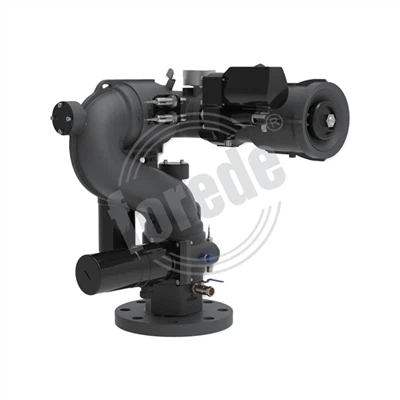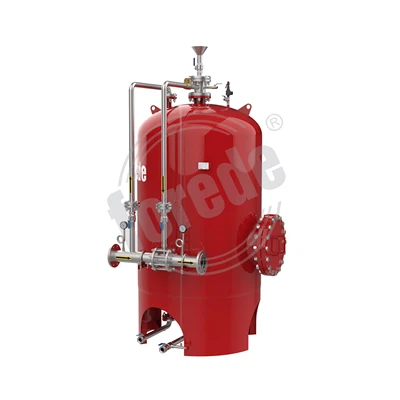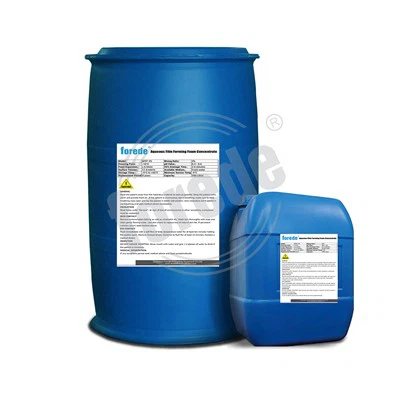The K-factor is a term that is frequently used in the fire sprinkler industry to describe the discharge characteristics of a particular sprinkler head. Essentially, the K-factor refers to the amount of water that a sprinkler head is capable of delivering to fire during a fire event.
The formula for calculating the K-factor is as follows:
K-factor = flow rate (in gallons per minute) ÷ square root of pressure (in pounds per square inch)
The K-factor is an important parameter when it comes to designing fire sprinkler systems. It helps engineers determine the number and type of sprinkler heads needed for a particular application. A higher K-factor means that the sprinkler head is capable of delivering more water to the fire, which is generally desirable in larger spaces or those with a higher fire hazard.
It’s worth noting that the K-factor is not the only factor that determines the performance of a fire sprinkler system. Other factors, such as the type of hazard, floor layout, and building materials, all play a role in determining the overall effectiveness of a sprinkler system.
In addition to its use in fire sprinkler design, the K-factor is also used to classify sprinkler heads according to their flow rate. This helps contractors and building owners select the appropriate sprinkler head for their application, depending on factors such as the type of occupancy and ceiling height.
Overall, the K-factor is an important parameter in the design and operation of fire sprinkler systems, helping to ensure that adequate amounts of water are delivered to fires when they occur. Its use helps to make buildings safer and more secure, providing an added layer of protection against the devastating effects of fire.
What is the K factor for fire sprinkler
Popular Products
Send Inquiry




















